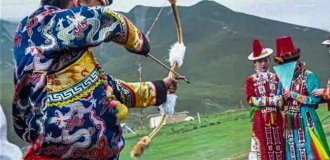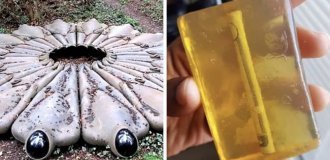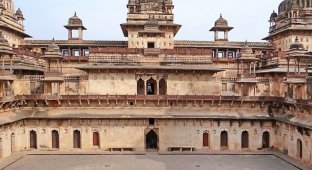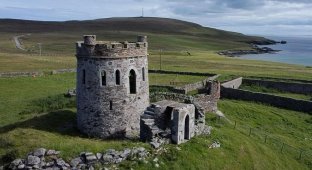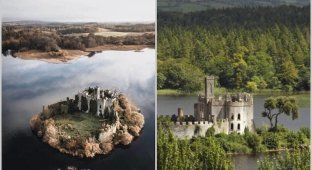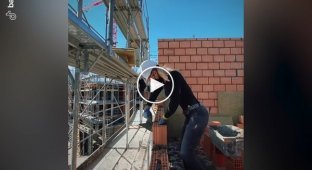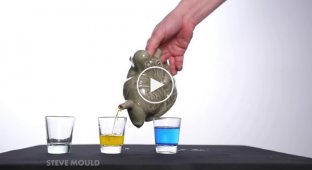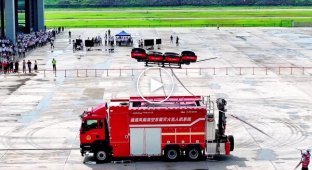At the confluence of the Sai and Nagara rivers, in the city of Ogaki (Gifu Prefecture), stands Sunomata Castle. It is a classic Japanese castle with a solid stone foundation, a multi-tiered wooden structure with a pointed roof and carved cornices. 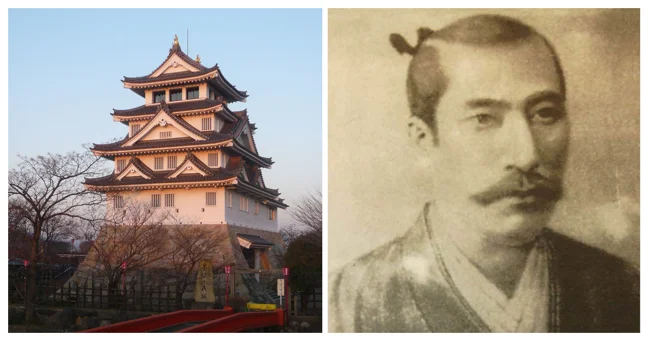
It is small, but its history is impressive. They say that Sunomata was built... literally overnight.
Ghost Castle 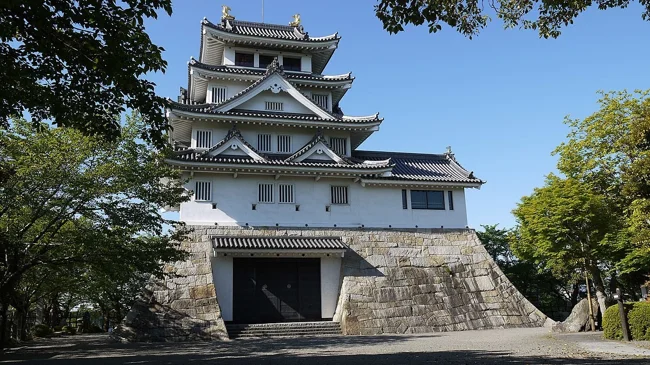
Sunomata Castle
Also known as Ichiya-jo ("one-night castle"), Sunomata was built in the mid-16th century by Toyotomi Hideyoshi, one of the generals of the powerful daimyo Oda Nobunaga. This happened on the eve of the siege of Inabayama Castle in 1567.
Nobunaga was feuding with the Saito clan of neighboring Mino Province - despite the fact that he was married to the daughter of their leader, Saito Dosan. This marriage was supposed to reconcile the families, but everything went wrong. 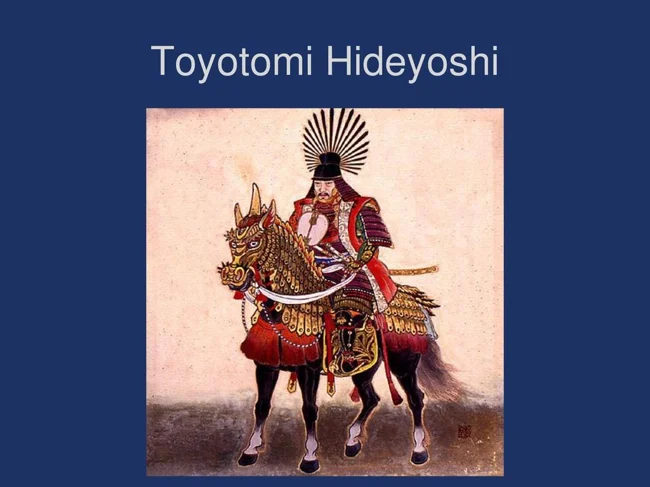
At first, Dosan wanted to pass power to his eldest son, Yoshitatsu. But, seeing how wisely Nobunaga ruled, he changed his mind. Upon learning of this, Yoshitatsu staged a coup, killed his father and brothers, and died of illness in 1561. Power passed to his son, the young and inexperienced Saito Tatsuoki.
Hideyoshi's Cunning 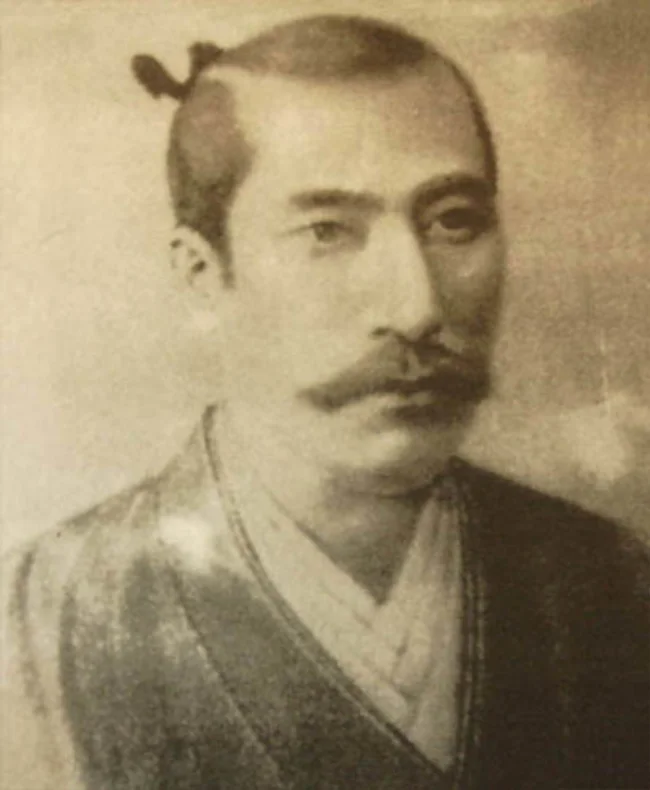
Oda Nobunaga - military and political leader of Japan during the Sengoku period, one of the most outstanding samurai in Japanese history, who dedicated his life to the unification of the country
Nobunaga, taking advantage of the enemy's weakness, lured many of Saito's vassals to his side. And then he instructed Hideyoshi to build a castle at the confluence of the rivers - as a springboard for an attack on Inabayama.
But how to build a fortress on enemy soil? Hideyoshi came up with a brilliant plan. 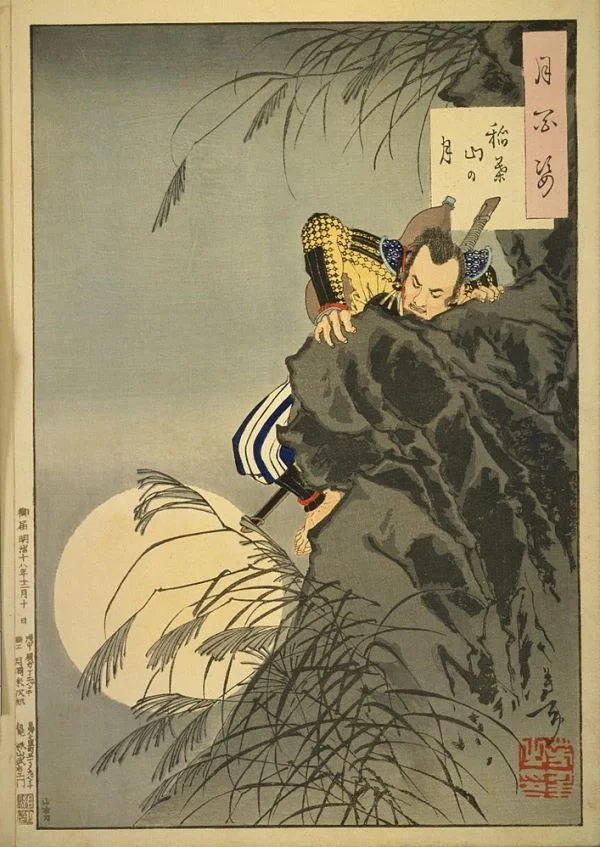
Hideyoshi climbs the steep slopes of Mount Inaba (now Mount Kinka) to lead the assault on Inabayama Castle. Woodblock print by Yoshitoshi (1885)
On the other side of the Nagara, his men secretly cut down trees, assembled the framework of walls and towers, floated them down the river, and assembled the castle overnight. In the morning, Tatsuoki saw a formidable fortress before him, seemingly appearing out of nowhere.
It was a psychological blow: in fact, the structure was still a sham, like a theatrical set. But while the enemy was recovering and considering further actions, Hideyoshi completed the fortifications.
The Fall of Inabayama 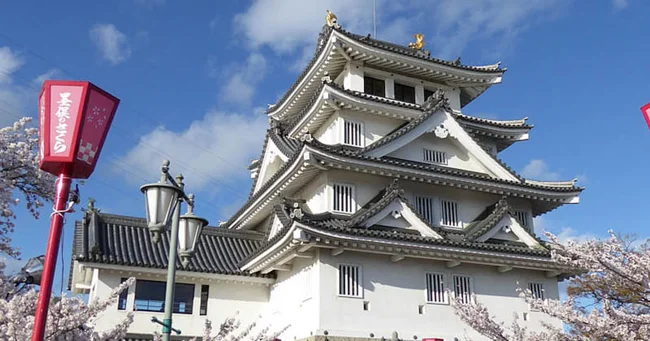
In 1567, Nobunaga marched on Inabayama with an army of five thousand. The castle stood on an impregnable mountain, but Hideyoshi and his troops made their way from the rear, opened the gates, and the fortress fell. Nobunaga renamed it Gifu.
Sunomata today 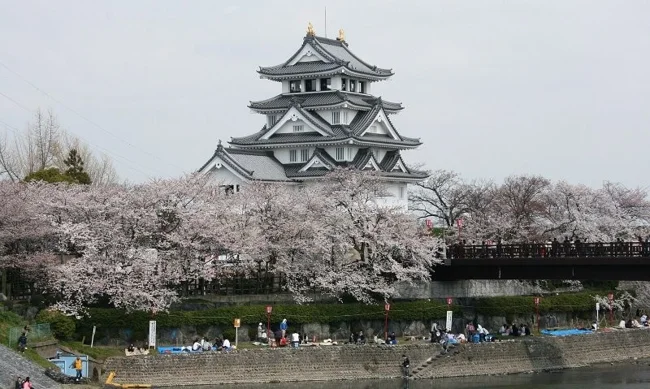
The current castle is a 1991 reconstruction, stylized as Ogaki-jo. Inside there is a museum with armor, weapons and a model of the original fortress. And in the spring it is especially beautiful: hundreds of sakura blossom along the river banks.
Add your comment
You might be interested in:






